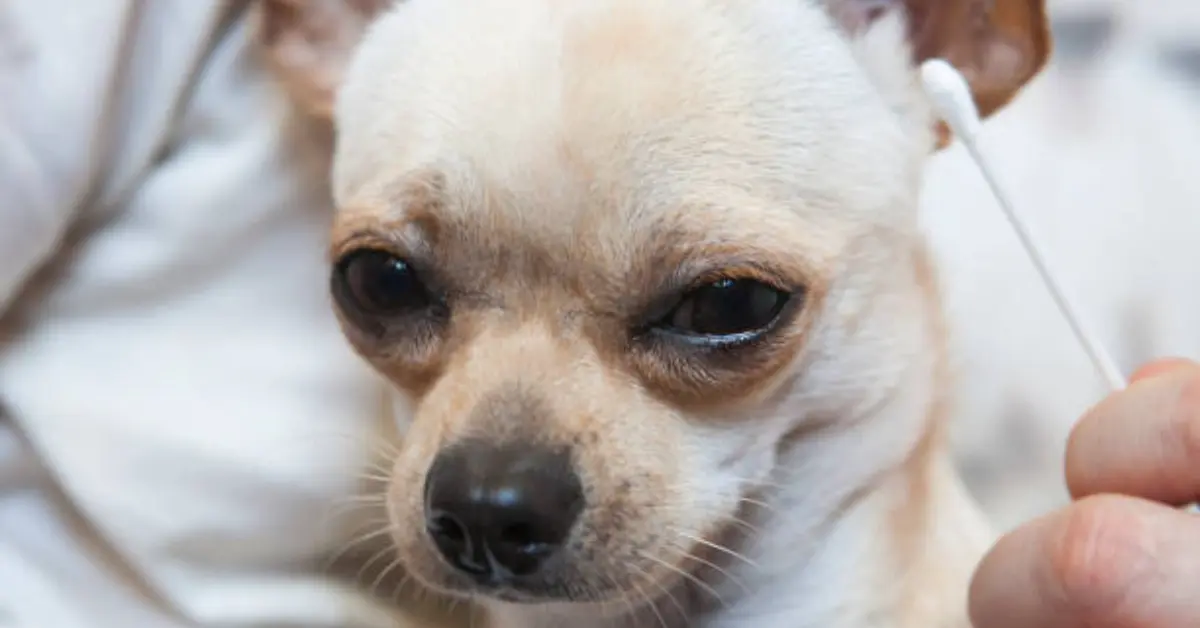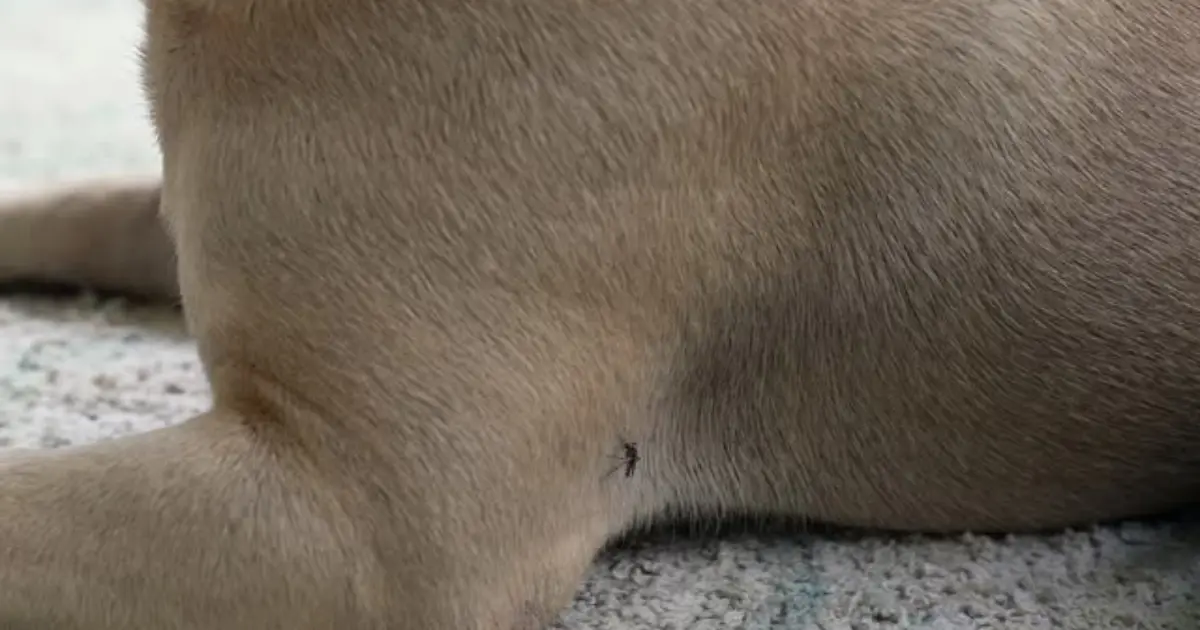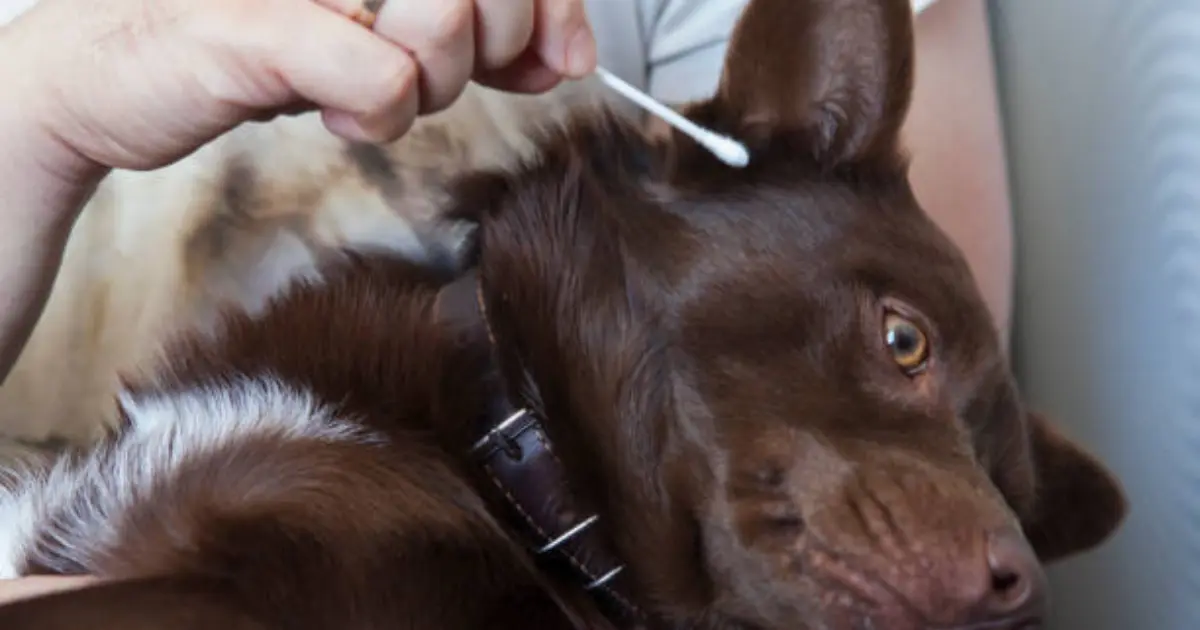Has your Chihuahua been behaving oddly lately? Has he been brow-furrowing or picking at his ears in your direction? Perhaps you will have to deal with chihuahua ear infections in this situation.
Dog ears do have not the same location similarly to human ears. Compared to the horizontal shape of the human ear canal, their ear canal is more diagonally shaped. This is perfect for fluid collecting, which is frequently the root cause of infections!
Types of Ear Infections in Dogs Including Chihuahuas
Even though there are innumerable potential causes, there are three common types of dog ear infections that affect three distinct regions of the canine ear. An estimated 20 percent of dogs can have an ear condition.
Note that The term “otitis” refers generally to ear irritation or infection.
1. Otitis Externa
Otitis externa affects your chihuahua’s outer ear and is frequently visible by just examining the ear. The most common way to diagnose it is by looking for redness or swelling in the outer ear or the outer ear canal.
If caused by trapped water, the chihuahua’s infected ear’s wet environment is suitable for the growth of bacteria and yeast. If left untreated, the infection can become severe and spread to nearby locations. That is essentially a canine swimmer’s ear.
In addition to fluid accumulation, underlying allergy disorders can also be to blame.
Otitis externa is most likely the infection if your chihuahua’s eardrum is not perforated and/or there is no blood or pus (often the simplest type to treat).
Chihuahuas who participate in swimming and grooming are more likely to develop ear infections, thus drying agents may be helpful.
Symptoms of Otitis Externa
- Inflammation or/and swelling
- Redness
- Discharge that is brown or black
- Rubbing the ear flaps
- Foul odor
2. Otitis media
Otitis media is an inflammation of the dog’s middle ear located directly beyond the eardrum. Frequently results from an infection spreading from the dog’s external ear.
This type of ear infection can frequently present a more serious threat to your chihuahua because it is typically more advanced than Otitis externa.
Early treatment is most effective because it is typically more severe. Otitis media left untreated can progress to Otitis interna and potentially cause the tympanic membrane to tear.
symptoms of Otitis media
- Head trembling
- Scratching or rubbing
- Rotate or tilt the head to the affected side.
- An inner earache
3. Otitis interna
The most serious issue is frequently otitis interna, or inflammation of the inner ear structures, which can lead to hearing loss or other serious conditions.
If your chihuahua exhibits any of the symptoms described below, you should take them right away to the vet. These should be extremely evident and simple to spot.
- Head incline
- Circling
- leaning or stooping to the side that is afflicted
- Erratically walking
- Seizures
- Symptoms of facial nerve paralysis include the following:
- salivating on the side of your chihuahua’s mouth.
- Dropping food when eating or drinking, which could result in malnutrition and dehydration.
- lack of blinking, which causes dry eyes or eye discharge.
- Lips, nose, and eyelids on the affected side may droop.
The Ten Causes Of Chihuahuas Ear Infections
1. Allergens
The variety and amount of allergies that chihuahuas might have are endless!
The canine body’s response to allergens can promote vulnerability to many sorts of illnesses, perhaps making your dog susceptible to ear infections.
In fact, skin, ear, or anal gland problems are frequent allergic reactions in dogs. The sources included at the conclusion of this article all concur that dogs who experience allergic responses are frequently more prone to developing ear infections.
Ear inflammation affects about 50% of dogs with allergic skin conditions and 80% of dogs with food sensitivities.
2. Bacterial Infections
Similar to people, a chihuahua’s environment has a plethora of bacteria that can cause ear infections and, frequently, swelling and fluid buildup in the ear.
Like people, these illnesses can and are frequently treated by ear flushing and veterinarian-prescribed antibiotics. When infections recur, the bacteria’s culture is frequently advised to inform antibiotic selection.
3. Flea Bites
Although fleas often only cause irritation when they bite, certain chihuahuas can develop allergic reactions to the saliva of a flea bite.
Even if that isn’t the case, flea bites in or on the ear may still make your chihuahua scratch, which may result in skin breakdown, expose the ear to bacteria from the dog’s nails, and leave the area vulnerable to a variety of external invaders.
You won’t have any trouble identifying the issue there! Particularly with fleas, excessive scratching is frequently a rather obvious sign that there is a problem. If fleas were the culprit, the allergy will be simpler for the vet to treat once the flea problem is resolved.
4. Thyroid Disorders
A deformity or disease of the small thyroid gland can cause a wide range of medical, mental, and behavioral issues, not just in the ear. Many symptoms associated with thyroid diseases can be mistaken for those of other conditions nine out of ten times, which is a severe issue.
5. Ear Mites
These small parasites have the potential to seriously irritate and inflame the body. Constant scratching and dark material that resembles coffee grounds are typical symptoms (mites).
Animal ear mites proliferate quickly and, sadly, have developed a resistance to a lot of insecticides.
6. Yeast Infections
Yeast infections frequently develop after primary bacterial infections or allergies as secondary ear infections. Be cautious; yeast infections can occasionally be symptoms of more serious issues!
7. Endocrine Disorders
The release and control of hormones in a chihuahua’s body are handled by the endocrine system. A malfunction here can lead to an imbalance, and depending on the hormone involved, a variety of organs may have issues. Similar to the thyroid gland, an unbalanced endocrine system can cause a wide range of issues, not only ear-specific ones.
8. Foreign Bodies
Though it should be common sense, a foreign object can easily lead to ear infections if not removed, especially when the body unsuccessfully attempts to eradicate the erroneous ‘invader’.
9. Injuries
Any of the three forms of infections can readily result from trauma to the ear or any of the ear’s structures, depending on the area that is injured.
10. Meningitis or Encephalitis
Beyond just an ear infection, encephalitis (inflammation of the brain tissue) or meningitis (inflammation of the meninges) can cause extremely serious, life-threatening complications.
Last Word
In conclusion, keep in mind to visit a veterinarian if your chihuahua is acting strangely or persistently picking at his or her ears. Even if you are aware of how to clean your dog’s ears, waiting until a problem manifests is frequently ineffective.
YOU MAY ALSO LIKE:
The Groomer’s Guide to Cleaning Chihuahua’s Ears
Advertisement













